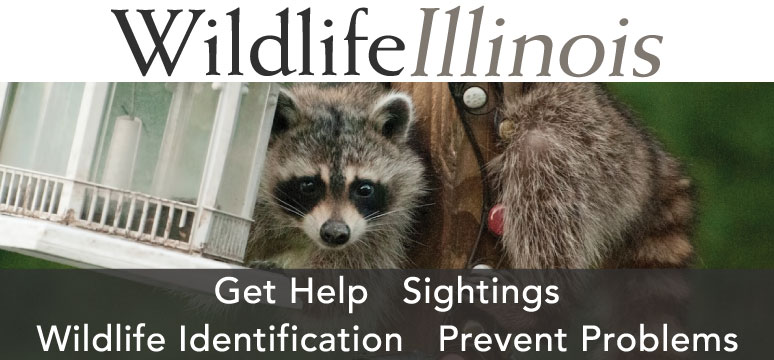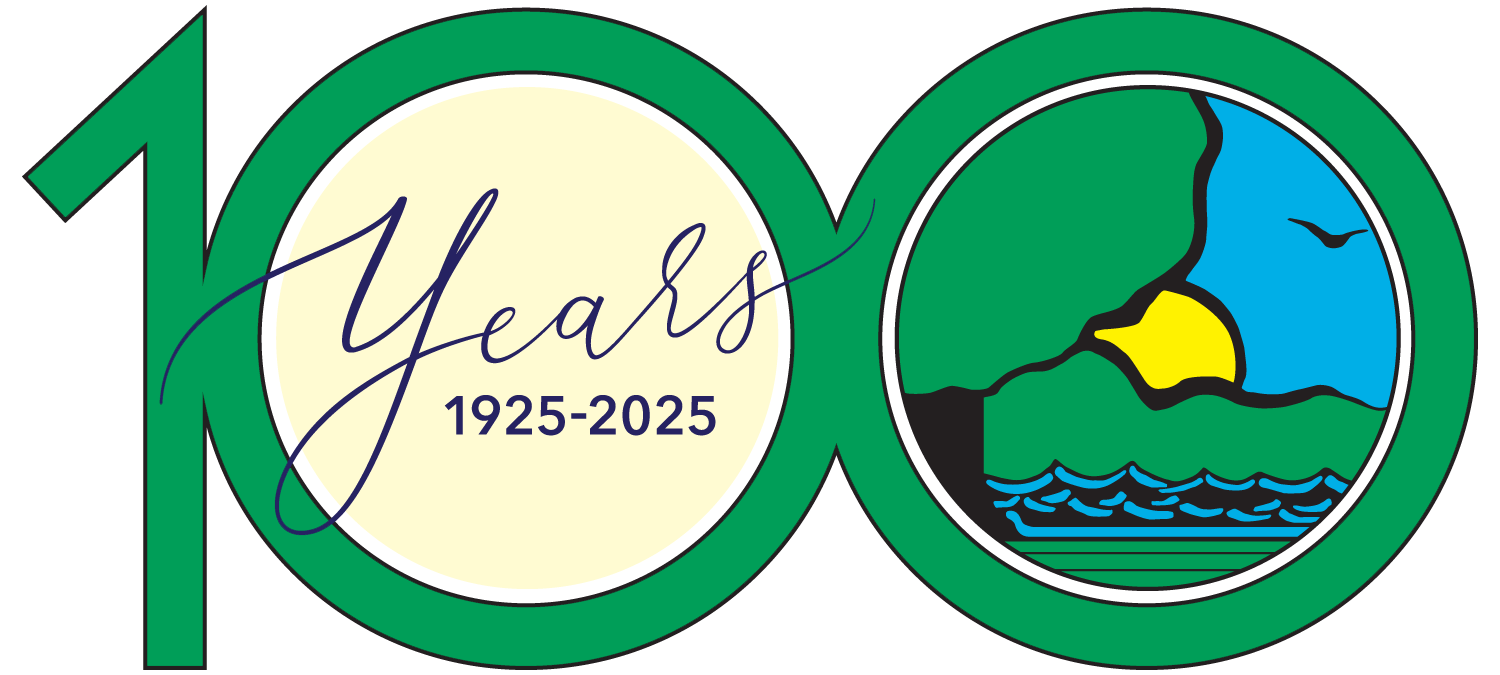
Photo by Joseph F. Merritt



Photo by Joseph F. Merritt
Although the southern flying squirrel is found statewide, it is seldom seen or detected in some areas because of its habitat preferences and its secretive nature. These squirrels are nocturnal except in winter when they become active just before dawn. They prefer expanses of old-growth and mature forests, particularly those containing mast-producing oaks and hickories. However, they are sometimes detected in wooded parks and recreational areas, but almost never in farm woodlots. Because this squirrel is nocturnal, you will probably hear its nighttime, high-pitched chirps more often than you will catch a low-light glimpse of it gliding from tree to tree.

Flying squirrels nest in natural cavities and old woodpecker holes in standing dead trees, thus another reason for its preference for old-growth and mature woodlands. Oftentimes, two litters are born a year to mature females—one in spring and another in summer. A litter usually has two to five “pups.” The young begin “flying” lessons at the tender age of 6 weeks.
The southern flying squirrel doesn’t actually fly, but glides downward from one tree to the next on furred folds of skin called patagia—sometime on trajectories of 100 feet or more. Midflight, abrupt turns of 90o or more are made by using their broad, flat tails as rudders. These squirrels always land heads up!
The next time you are in likely habitat at night, hear some peculiar high-pitched chirps above, and then detect something passing overhead in the trees, the UFO may be Glaucomys volans—the southern flying squirrel.
Robert J. Reber is an emeritus faculty member in the Department of Food Science and Human Nutrition of the University of Illinois at Urbana–Champaign. He has been a lifelong student of many aspects of the Natural World, including archaeology. Bob has served as a managing editor and author for publications such as The Illinois Steward magazine and the Illinois Master Naturalist Curriculum Guide.
Submit a question for the author
Question: I live on Harmony Church Rd, just seen this squirrel 11:08pm. I have 25 acres with mostly big Hickory trees and white oak.